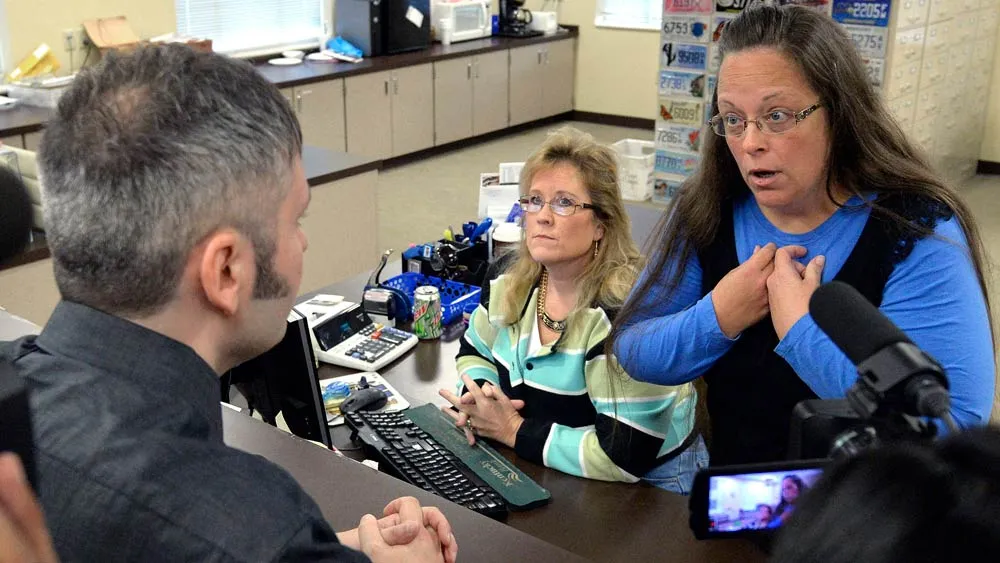May 18, 2017
May 18 is HIV Vaccine Awareness Day
READ TIME: 3 MIN.
HIV Vaccine Awareness Day (HVAD) is observed annually on May 18th. This observance provides an opportunity to recognize and thank the many volunteers, community members, health professionals, and scientists who are working together to find a safe and effective preventive HIV vaccine. It is also a day to educate communities across the nation about the importance of preventive HIV vaccine research.
A vaccine -- also called a "shot" or "immunization" -- is a substance that teaches your body's immune system to recognize and defend against harmful viruses or bacteria.
Vaccines are given before you get infected called "preventive vaccines" or "prophylactic vaccines," and you get them while you are healthy. This allows your body to set up defenses against those dangers ahead of time. That way, you won't get sick if you're exposed to them later.
Preventive vaccines are widely used to prevent diseases like polio, chicken pox, measles, mumps, rubella, influenza (flu), hepatitis A and B, and human papillomavirus (HPV).
In addition to preventive vaccines, there are also therapeutic vaccines. These are vaccines that are designed to treat people after they already have a disease by strengthening the body's natural immune response against the disease.
There is currently no vaccine that will prevent HIV infection or treat those who have it. However, scientists are working to develop one. In 2016, an NIH-supported clinical trial that was launched to test a possible HIV vaccine. This vaccine trial, called HVTN 072, is testing whether an experimental vaccine regimen safely prevents HIV infection among South African adults.
Today, more people living with HIV than ever before have access to life-saving treatment with HIV medicines (called antiretroviral therapy or ART), which is good for their health and reduces the likelihood that they will transmit the virus to others if they adhere to their HIV medication. In addition, others who are at high risk for HIV infection have access to pre-exposure Prophylaxis (PrEP), or ART being used to prevent HIV.
Unfortunately, in 2015, 39,513 people were diagnosed with HIV infection in the United States, and more than 2.1 million people became newly infected with HIV worldwide. To control and ultimately end HIV globally, we need a powerful array of HIV prevention tools that are widely accessible to all who would benefit from them.
Vaccines historically have been the most effective means to prevent and even eradicate infectious diseases. They safely and cost-effectively prevent illness, disability, and death. Like smallpox and polio vaccines, a preventive HIV vaccine could help save millions of lives.
Developing safe, effective, and affordable vaccines that can prevent HIV infection in uninfected people is the best hope for controlling and ultimately ending the HIV/AIDS pandemic.
The long-term goal is to develop a safe and effective vaccine that protects people worldwide from getting infected with HIV. However, even if a vaccine only protects some people who get vaccinated, or even if it provides less than total protection, it could still have a major impact on the rates of transmission and help control the pandemic, particularly for populations at high risk of HIV infection.
A partially effective vaccine could decrease the number of people who get infected with HIV, further reducing the number of people who can pass the virus on to others. And a therapeutic vaccine could also benefit people living with HIV by helping slow the progression of the disease and preventing or delaying the onset of AIDS. �
For more information, see the video below with Dr. Anthony Fauci, Director of NIH's National Institute of Allergy and Infectious Diseases (NIAID).
For more information and to find an HIV testing location near you, visit www.aids.gov/locator/


